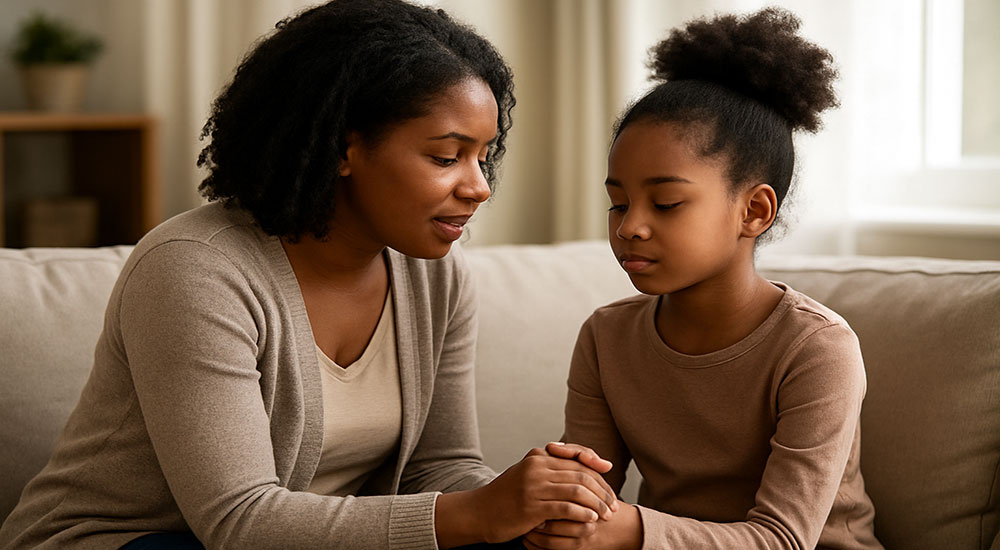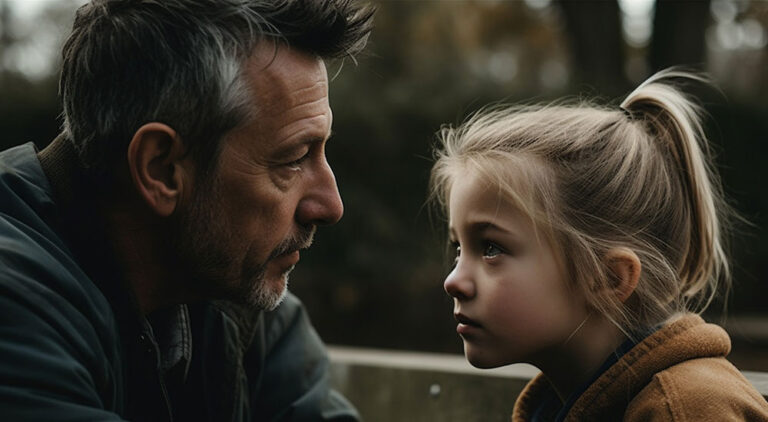Fear needs addressing before it has a lasting effect
The more fear one has of anything, the more a vibrational match to the thing that they fear they are. Help your child discover that if she makes things that are potentially frightening a non-issue to her, then they don’t bother – Abraham-Hicks Publications.
 This quote prompted today’s article because fear needs addressing before it has a lasting effect on your child’s every day. If children learn to detach emotional value from fearful triggers, they will experience a more balanced reality. Instead of avoiding what unsettles them, they will develop the ability to view those things accurately. Fear, then, is no longer an enemy – it is a momentary feeling that your child has the power to reshape.
This quote prompted today’s article because fear needs addressing before it has a lasting effect on your child’s every day. If children learn to detach emotional value from fearful triggers, they will experience a more balanced reality. Instead of avoiding what unsettles them, they will develop the ability to view those things accurately. Fear, then, is no longer an enemy – it is a momentary feeling that your child has the power to reshape.
Fear has a way of affecting our experiences. The more we focus on something with anxiety, the more it enters our reality. This is important in childhood, when fears – whether of the dark, failure, or the unknown – create deep fearfulness. By teaching children to view fear as something they can reframe rather than something they must battle with, we help to shift the energy associated with it.
One way to lessen fear’s grip is to place attention on that fear. A child who is terrified of thunderstorms could be encouraged to learn about the science behind lightning and rain, turning fear into curiosity. Help children, who are afraid of public speaking to practise in a safe space. In time they will realise their voices hold power and fear will dissolve.
When children are taught that fear is an obstacle they can step around, instead of a force, it becomes something they are able to face. Seeing fear as a manageable challenge makes it less of a problem and more of something they can overcome. Encouraging positive self-talk that reinforces confidence will help children approach situations with clarity.
Helping children overcome their fears involves engaging them in activities that build confidence and reframe their opinion of fear. The following suggestions may help you help your child.
- Reading stories about characters who face and conquer their fears can help children relate to a situation – and feel empowered.
- Art, drawing, and crafts allow children to express their fears in a safe way, making their fears feel more manageable.
- Encouraging children to face their fears in small, controlled steps helps them build resilience.
- Clear, sealed containers filled with glitter, water, beads, or small objects capture children’s attention by offering visual stimulation which helps regulate their breath, leading to a sense of calm.
- Activities such as deep breathing and visualisation can help children regulate their emotions.
- Games such as hide-and-seek or role-playing can make fear feel less intimidating.
- Open conversation leads to emotional security.
- Teaching children to replace fearful thoughts with positive statements builds confidence.










